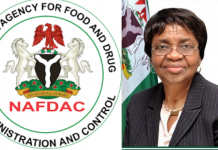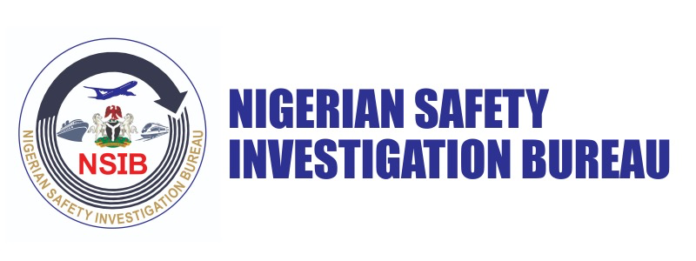Ime Akpan
The Nigerian Safety Investigation Bureau (NSIB) said full cooperation with the United States National Transportation Safety Board (NTSB) was underway to investigate the Airbus Helicopter EC130B4 crash which claimed the lives of the group chief executive officer of Access Holdings, Mr Herbert Wigwe and five others who were onboard.
The collaboration was announced in a statement issued in Abuja on Monday and signed by the spokesperson for NSIB, Mrs Bimbo Oladeji.
“Following the helicopter crash which occurred on Friday, February 9, 2024, at about 10:08 PM. (Pacific Standard Time) near Interstate 15 in Halloran Springs, California, the NTSB confirmed the accident via its post on X and stated that it had dispatched its “Go Team” to investigate the accident.
“The ill-fated helicopter, operated by Orbic Air, LLC as a Part 135 charter flight, departed from Palm Springs, California, at 8:45 p.m. PST, en route to Boulder City, Nevada, said Michael Graham, a board member of the National Transportation Safety Board, during a news conference on Saturday.”
“Regrettably, the United States authorities have now confirmed that everyone onboard the aircraft lost their lives in the crash.
“The deceased are two crew members comprising a pilot in command and a “safety pilot” and four passengers namely Dr Herbert Wigwe, his wife, son, and Mr Abimbola Ogunbanjo, former Group Chairman of the Nigerian Exchange Group Plc, (NGX Group),” she said.
She explained that both the NSIB and NTSB are multimodal transport agencies Nigeria responsible for promoting transport safety and conducting objective and thorough, investigations into transport accidents.
Following the tragic incident, Oladeji said the director general of NTSB, Capt Alex Badeh established contact with NTSB, in accordance with Chapter 5 subsection 27 of ICAO’s Annex 13 to the Convention on International Civil Aviation – Aircraft Accident and Incident Investigation, which grants a State (nation) special interest in an accident involving its citizens.
According to her, the annex provides that “a state which has a special interest in an accident by virtue of fatalities or serious injuries to its citizens shall be entitled to appoint an expert who shall be entitled to a) visit the scene of the accident; b) have access to the relevant information which is approved for public release by the State conducting the investigation, and information on the progress of the investigation; and c) receive a copy of the final report.”
She added: “ICAO’s Annex 13 to the Convention on International Civil therefore grants Nigeria, through the Nigerian Safety Investigation Bureau, the prerogative to appoint an expert to actively participate in the investigation.
“This participation ensures access to relevant information and facilitates cooperation with the investigating authorities, towards ensuring the investigation reaches a conclusive outcome.”
Oladeji further said “the ongoing discussion between the NSIB and NTSB has highlighted the diligent investigation efforts of the NTSB.”
She said NTSB investigators were present at the crash scene in Halloran Springs, California, on Saturday to collect evidence and conduct initial on-scene documentation.
“The documentation process included aerial mapping of the wreckage with a drone, and site measurements.
“Correspondence between the NSIB and NTSB further revealed that the NTSB investigation into the crash is being led by Aaron Sauer as the investigator in charge, supported by Mark Ward as the deputy investigator in charge. Several other NTSB investigators will also be examining various aspects of the accident including airworthiness and maintenance structures, operations, meteorology and air traffic control,” Oladeji added.
She also said the duration of the accident investigation conducted by NTSB is expected to take approximately 18 to 24 months to complete.
“The actual duration depends on many factors. Each investigator carries a caseload of many accident investigations which they work on concurrently and each investigation presents its unique complexities,” she said.
Furthermore, she said the investigation process typically comprises three major milestones.
“The first is the preliminary investigation report, which contains information gathered by investigators during the on-scene examination. This report is expected to be released within 14 to 21 days following the date of the examinations.
“The next milestone involves the compilation of the public docket, which includes a collection of information gathered throughout the investigation.
“The third milestone is the publication of the final aviation accident report, which serves to conclude the investigation. This report may take up to two years to complete and usually contains analysis and a statement of the probable cause of the accident, if determined.”
She stressed the NSIB’s commitment “to collaborate fully with the NTSB, aiming for a thorough and conclusive investigation that will enhance transport safety in both Nigeria and the United States.”




























































